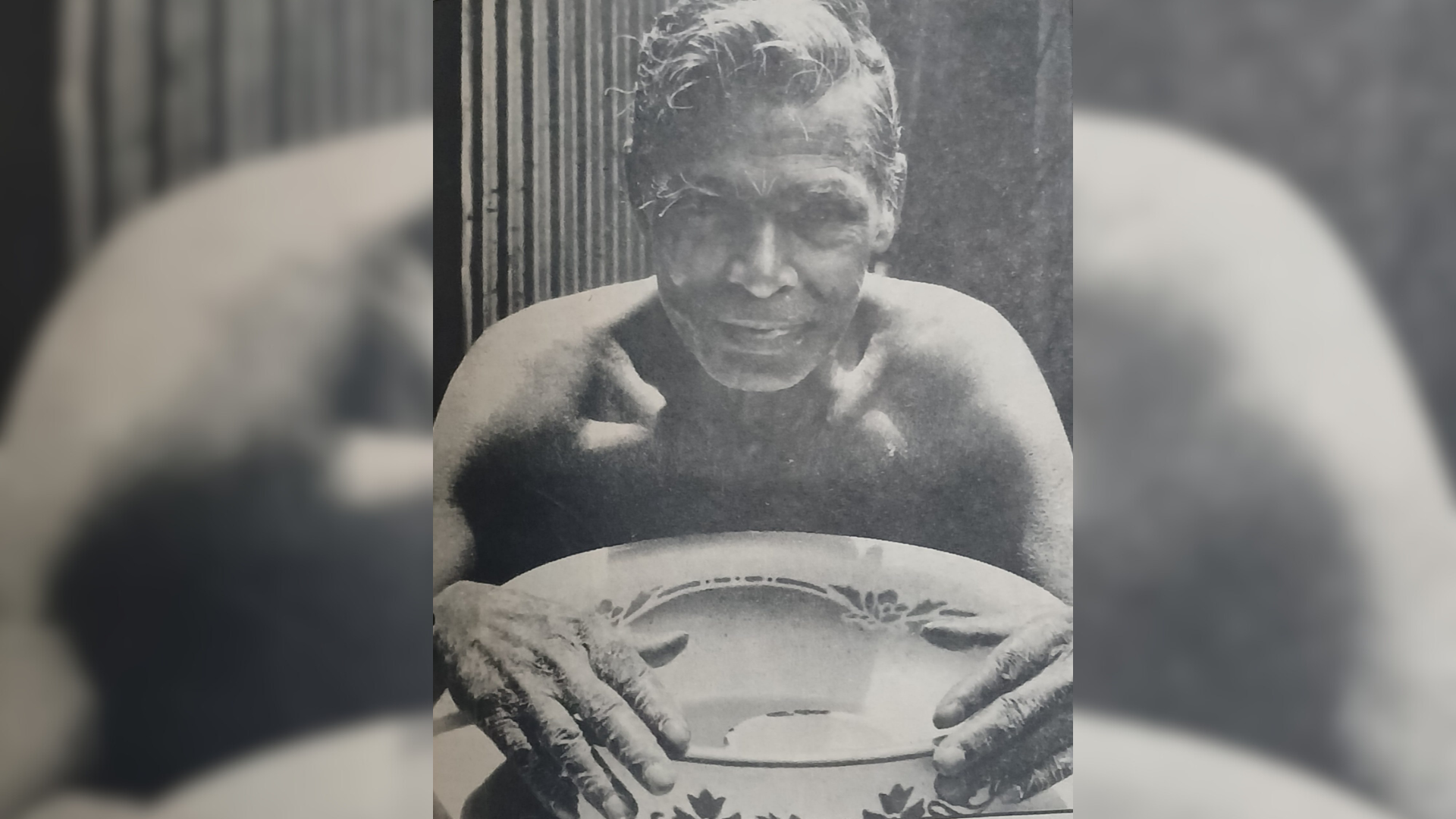ON JANUARY 12, 1994, The Fiji Times published an article titled ‘Curse of the kani’.
“In the flickering light of the kerosene lamp, it looked like a crab huddled in a corner fiddling its claws, the article’s opening line read.
“Suddenly the crab clamped onto a Pall Mall. It was no hallucination, the crab turned out to be a scaly, shiny kanikani from a chronic grog (yaqona) swiper.”
Kani, according to the article, is the plague of the avid yaqona driver and had been around since the fist Pacific Islanders chewed on the yaqona plant and doped out.
It said remedies had been sought ever since, and there was now on the market, a ‘grog lotion’ supposedly for the treatment of kani.
The skin problem, confined to grog drinkers, gradually appeared as more and more of the brown liquid was consumed.
“The skin dries up first around the waist,” one avid drinker said, adding it then turned into a laborious arm-scratching session.
The freshman at the grog sitting discovered the dreaded kani erupting on his arms and legs; at first it appeared as a fine web of cracks which glistened in the early morning sunlight.
At this stage, many grog swipers flaunted the newly-acquired skin texture which could also serve as a ticket to heavy grog sessions with veterans.
As consumption increased, the report said cracks on the skin became more pronounced and began to look like the surface of a dried-up lake.
Timoci Qio, of Nasinu, who loved his nightly grog, said when kani became noticeable for the first time, the grog drinker would desperately look for means of concealing it.
Coconut oil was listed as the easiest and most accessible item which was used to smooth out the jagged edges of the now qualified naqonchi, to use the Hindustani term for grog addict.
But the cracks reappeared as soon as the skin dried again. After a shower, the grog drinker’s skin would just about crackle from the dryness and be ready for a good rub-down with oil.
The introduction of a grog lotion was looked at with some scepticism by grog drinkers, but most of them were trying it or intended to do so in the future.
Raghu Nath, 60, of Suva, who sold grog for a living and had more cracks than a professional wisecrack to prove his drinking prowess, said he had tried the lotion and thought it to be effective.
“I have tried it, and it seems to be working,” Mr Nath told this newspaper.
Other grog drinkers who had no skin problems tried to avoid kani by “sweating out the grog”.
Sakiusa of Tacirua was one who ensured he exercised a lot to not crack out in kani.



